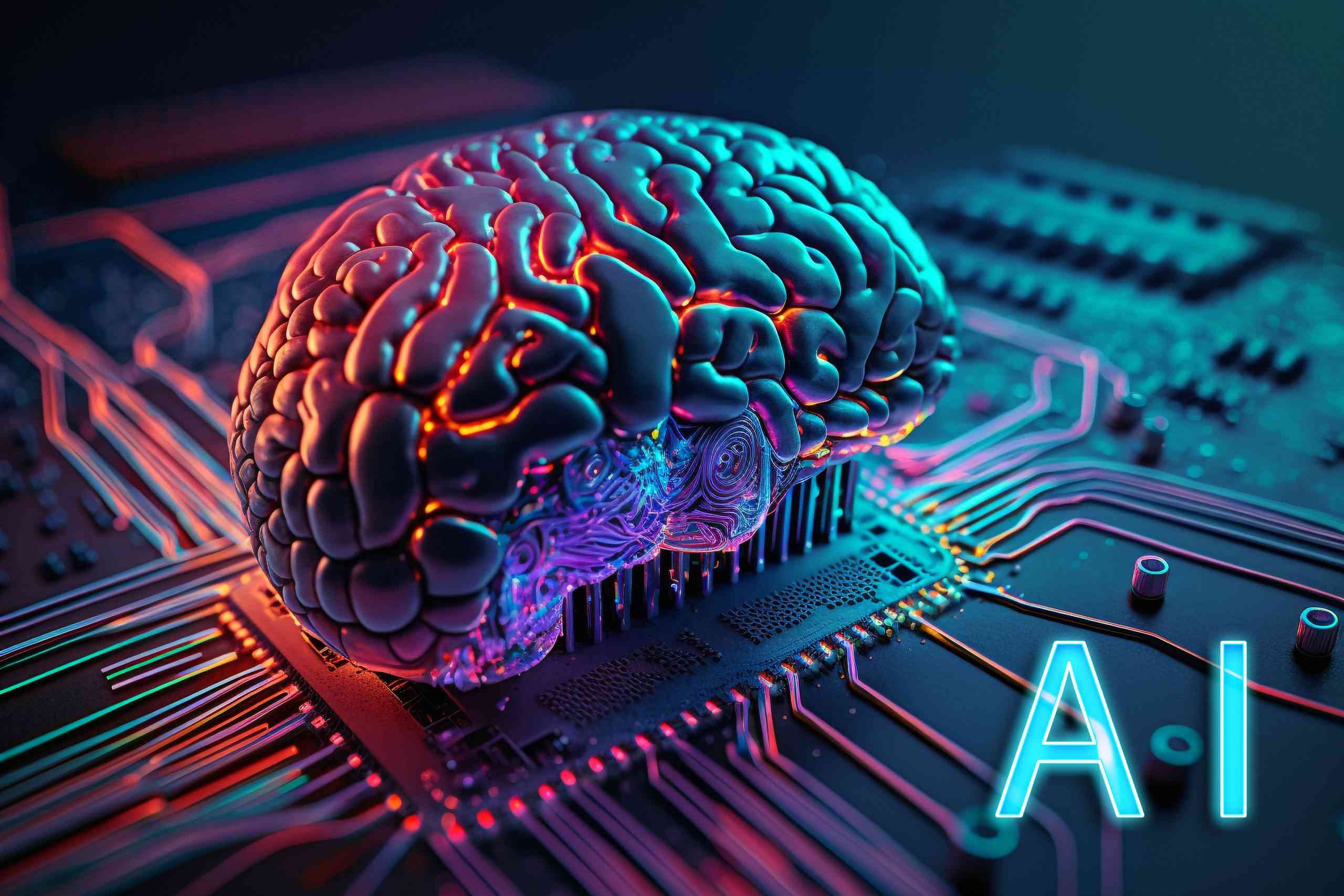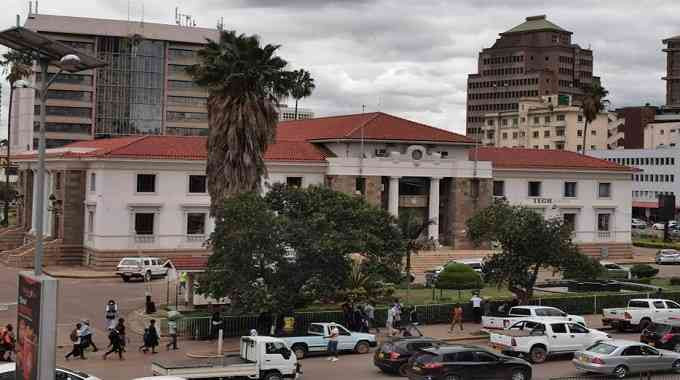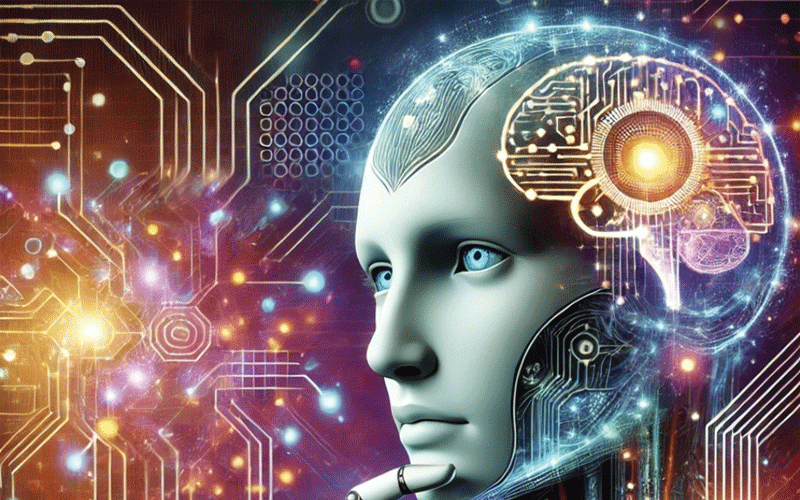
ARE you ready to embark on the most exciting journey humanity has ever undertaken?
Artificial intelligence (AI) is revolutionising space exploration, opening a universe of opportunities for discovery, innovation, and adventure. From groundbreaking missions to futuristic advancements, AI is shaping the future of space travel like never before.
Whether you are a space enthusiast, a tech lover, or simply curious about the cosmos, AI is unfastening doors to the stars. Join us on this extraordinary leap — the journey you will not want to miss!
Smart spaceships
One of AI’s most impressive contributions is enabling spaceships and rovers to operate independently. When missions are millions of miles from Earth, communication delays make real-time control challenging.
AI addresses this by allowing machines to make swift decisions akin to human judgment. For example, National Aeronautics and Space Administration (NASA)’s Perseverance rover, which landed on Mars in 2021, used AI to select a safe landing and navigation path within the rocky Jezero Crater.
It analysed images, compared them with maps, and adjusted course in real-time to avoid danger. Modern AI systems can even change course mid-flight, dodge hazards, or find optimal landing sites — especially valuable in challenging terrains like Jupiter’s icy moon Europa or the asteroid belt, where a single mistake could jeopardise an entire mission.
In deep space, AI empowers ships to refine their routes, conserve power, and decide which data to collect — all without waiting for instructions from Earth.
- Harvest hay to prevent veldfires: Ema
- Public relations: How artificial intelligence is changing the face of PR
- Queen Lozikeyi singer preaches peace
- Public relations: How artificial intelligence is changing the face of PR
Keep Reading
For instance, in January 2025, SpaceX launched a satellite operating autonomously via Sedaro’s “Autonomy Framework for the Edge”—selecting its orbit and managing data independently, cutting costs by roughly 30% according to industry reports.
This technology is essential for distant missions to Pluto or beyond, where communication delays render real-time control impossible. With AI, spaceships venture fearlessly into the unknown, guiding themselves where human hands cannot reach in real time.
Robots that think
AI is transforming robots into intelligent explorers and constructors. On planets such as Mars, AI-equipped rovers analyse rocks and soil for signs of life.
NASA’s Curiosity rover, in 2024, used AI to identify a potentially microbe-rich rock 40% faster than human scientists could, conserving time and energy — both precious resources on Mars.
The European Space Agency’s ExoMars rover, scheduled for 2028, will further leverage AI to choose optimal drilling locations for finding extraterrestrial life, functioning as a portable scientist on wheels. AI’s capabilities extend beyond exploration; robots are now building. Imagine robotic workshops on the moon or mars fabricating habitats using 3D printing technology.
NASA and the Defence Advanced Research Projects Agency tested such systems in 2024, constructing lunar shelters from simulated moon dirt with 50% less human intervention, potentially reducing mission costs by 20% by 2030.
Another vital AI role involves space debris management. With thousands of defunct satellites cluttering orbits, AI predicts collision risks and guides active satellites to avoid debris. In 2025, SpaceX used AI to safely de-orbit obsolete satellites, lowering collision risks by 15% and keeping a safer orbital environment for future missions.
Finding hidden clues
Space exploration generates vast amounts of data, telescope photographs, sensor readings, and more. AI acts as a super-efficient assistant, sifting through this data to uncover meaningful insights. For example, NASA’s Transiting Exoplanet Survey Satellite employed AI in 2024 to discover 300 new exoplanets, twice the discovery rate of traditional methods.
AI algorithms detect patterns, prioritise information, and determine what data warrants sending back to earth, optimising bandwidth usage, crucial for distant missions where data transmission is limited.
On earth, AI continues to assist in understanding the universe. In 2025, it helped analyse old telescope data, uncovering early universe clues that improve our understanding of cosmic origins.
Tools such as TensorFlow and PyTorch, used by NASA and private space firms, accelerate data processing, enabling scientists to make breakthroughs faster. Think of AI as a tireless scholar that never misses a detail, speeding up cosmic discoveries.
AI as a brainstorm buddy
AI is not limited to in-flight operations; it plays a crucial role in mission planning. It tests thousands of design concepts for spacecraft components, lighter frames, efficient engines, and helps refine mission execution.
In 2024, NASA used AI to develop a lunar lander that was 10% lighter, saving fuel and costs. Similarly, private space companies such as Blue Origin employ AI for reusable rockets, improving turnaround times.
AI also models optimal routes and resource allocation. For NASA’s Artemis programme, which aims to return humans to the Moon, AI devised a Mars traversal plan that shaved 15 days off transit time by fine-tuning fuel calculations.
Such intelligent planning enhances safety and reduces expenses for complex missions.
Humans, AI together
AI’s achievements are driven by collaboration. NASA partners with firms such as SpaceX, which uses AI to control reusable rockets, and Blue Origin, pioneering AI-powered lunar landers.
Lockheed Martin emphasised in 2025 the strategic importance of AI alongside better communication tools for spacecraft. International cooperation bridges the gap further: the European Space Agency collaborates with NASA on AI-driven rovers. Public excitement runs high, with social media users sharing enthusiasm: “AI is our guide to the stars!”
Human scientists and engineers remain integral, using AI to augment their capabilities. Dr Maria Santos, a NASA scientist, states: “AI enables us to focus on bigger questions, our origins and our future, by handling data and operational tasks with precision and speed.” The synergy of human ingenuity and AI’s computational power makes space exploration more feasible than ever.
Tough stuff to fix
Despite its promise, AI faces hurdles. Space is harsh — radiation, extreme cold, and vacuum conditions can impair AI hardware. NASA conducts rigorous testing, and backup systems ensure 99.9% operational reliability.
Still, failures occur; in 2024, a rover’s AI system misread the terrain, causing it to get stuck — a reminder of the tech’s fragility.
Trust remains a pivotal concern. Should AI make critical decisions? How transparent are its actions? NASA is developing “explainable AI”, aiming for 80% transparency by 2027, a way to make AI’s reasoning clear and trustworthy.
Public discourse on platforms such as X (formerly Twitter) reflects humour and concern about reliance on AI. Achieving an appropriate human-AI balance, where AI supports but does not replace human oversight, is crucial for safe and ethical exploration.
Looking ahead
The future of AI in space shines brightly. By 2030, AI could assist in constructing Moon bases for NASA’s Artemis missions, making lunar settlement more practical.
Tiny probes equipped with AI might explore distant stars light-years away, vastly expanding our understanding.
Innovative ideas such as quantum AI, super-powerful, next-generation systems, may one day coordinate missions or even help us send humans further than ever before. AI is poised to be a true partner, helping humanity reach beyond our earthly bounds — exploring planets, establishing colonies, and perhaps one day living amongst the stars.
In summary, AI is accelerating, enhancing, and transforming space exploration. From guiding autonomous rovers to manufacturing lunar habitats, it propels humanity’s cosmic ambitions forward.
With joint efforts from NASA, private companies, and global partners, AI makes the universe accessible turning the dream of interstellar discovery into reality.
- Bangure is a filmmaker with a media degree and substantial experience in media production and management. He previously served as the chairperson of the National Employment Council for the Printing, Packaging, and Newspaper Industry. A dedicated enthusiast and scholar of artificial intelligence, Bangure combines his creative and technical skills to delve into innovative advancements. — [email protected].











